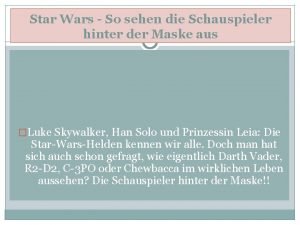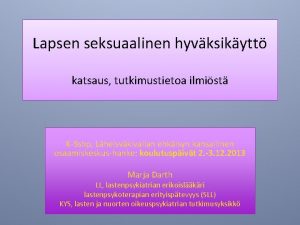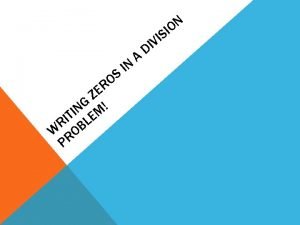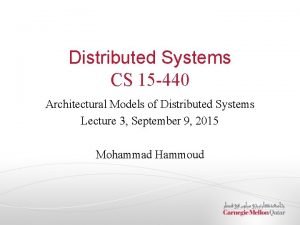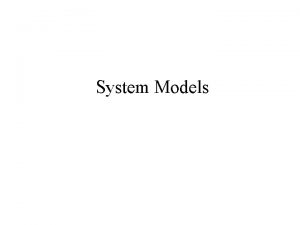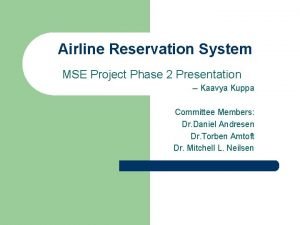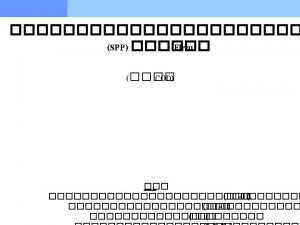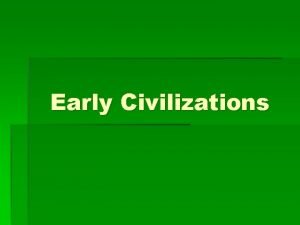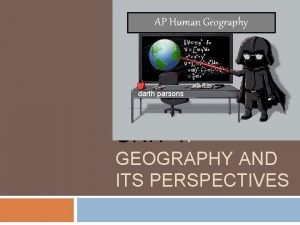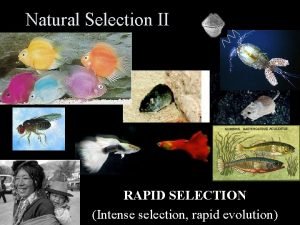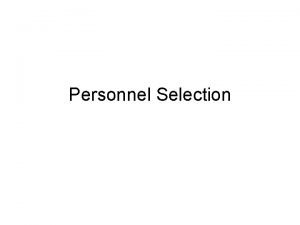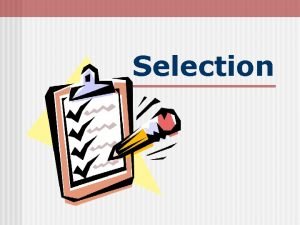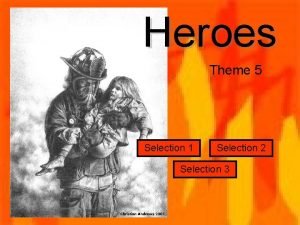Darth Star Architectural Firm Selection System for intergalactic

















- Slides: 17

Darth Star Architectural Firm Selection System for intergalactic architects By: Curran Merrigan


Darth Star Architecture • Established in 1953 by Jonas “Darth” Star III – Middle sized firm focusing mostly on home renovations – Also picked up a few government contracts • In 1960 renovated a beach house on Tatooine – Owned by young politician named “Palpatine” • Went on to become Emperor or the Galactic Empire • 1967 pitched a contract to build a space station for intergalactic travel. – Contained hotels, shops, a grocery store, and fuel stations – “The Darth Star”

Civil War Erupts • 1975 two years away from completion an extremist military group known as “the rebellion” emerged. – Rumors floated around they were building WMDs • The Galactic Empire pushed for the space station to be converted – Military Base – Highly developed defense system • Capable of destroying a planet if need be

May 25, 1977 • The Rebellion attacked the space station leading to millions of young soldiers’ demise. • One architect had designed a faulty cooling duct which led to a proton torpedo striking the main power generator.

Job Analysis • Job Description: Intergalactic Architect – Plan and design structures housed on a variety of different planets or in space including: • Private residences • Government facilities • Space Stations • Tasks include: – Preparing scale drawings or architectural designs – Prepare contract documentation for building contractor – Meet with clients to review design – Prepare information regarding materials, specifications, color, equipment, cost, and construction time.

Job Analysis (Knowledge) • • Design — Knowledge of design techniques, tools, and principles involved in production of precision technical plans, blueprints, drawings, and models. Building and Construction — Knowledge of materials, methods, and the tools involved in the construction or repair of houses, buildings, or other structures such as highways and roads. Customer and Personal Service — Knowledge of principles and processes for providing customer and personal services. This includes customer needs assessment, meeting quality standards for services, and evaluation of customer satisfaction. Administration and Management — Knowledge of business and management principles involved in strategic planning, resource allocation, human resources modeling, leadership technique, production methods, and coordination of people and resources. Engineering and Technology — Knowledge of the practical application of engineering science and technology. This includes applying principles, techniques, procedures, and equipment to the design and production of various goods and services. Law and Government — Knowledge of laws, legal codes, court procedures, precedents, government regulations, executive orders, agency rules, and the democratic political process. Mathematics — Knowledge of arithmetic, algebra, geometry, calculus, statistics, and their applications. Public Safety and Security — Knowledge of relevant equipment, policies, procedures, and strategies to promote effective local, state, or national security operations for the protection of people, data, property, and institutions.

Job Analysis (Skills) • • • Critical Thinking — Using logic and reasoning to identify the strengths and weaknesses of alternative solutions, conclusions or approaches to problems. Speaking — Talking to others to convey information effectively. Active Listening — Giving full attention to what other people are saying, taking time to understand the points being made, asking questions as appropriate, and not interrupting at inappropriate times. Complex Problem Solving — Identifying complex problems and reviewing related information to develop and evaluate options and implement solutions. Judgment and Decision Making — Considering the relative costs and benefits of potential actions to choose the most appropriate one. Operations Analysis — Analyzing needs and product requirements to create a design. Reading Comprehension — Understanding written sentences and paragraphs in work related documents. Coordination — Adjusting actions in relation to others' actions. Monitoring — Monitoring/Assessing performance of yourself, other individuals, or organizations to make improvements or take corrective action. Writing — Communicating effectively in writing as appropriate for the needs of the audience.

Job Analysis (Abilities) • • • Visualization — The ability to imagine how something will look after it is moved around or when its parts are moved or rearranged. Fluency of Ideas — The ability to come up with a number of ideas about a topic Deductive Reasoning — The ability to apply general rules to specific problems to produce answers that make sense. Inductive Reasoning — The ability to combine pieces of information to form general rules or conclusions (includes finding a relationship among seemingly unrelated events). Information Ordering — The ability to arrange things or actions in a certain order or pattern according to a specific rule or set of rules (e. g. , patterns of numbers, letters, words, pictures, mathematical operations). Oral Comprehension — The ability to listen to and understand information and ideas presented through spoken words and sentences. Oral Expression — The ability to communicate information and ideas in speaking so others will understand. Originality — The ability to come up with unusual or clever ideas about a given topic or situation, or to develop creative ways to solve a problem. Problem Sensitivity — The ability to tell when something is wrong or is likely to go wrong. It does not involve solving the problem, only recognizing there is a problem.

Process Flow Recruitment Process Screening Process Interview (Part I and Part II) Work Sample Selection

Recruitment Process • Organizational Branding – Present a positive image of the company • Ex: large charity event for the “wounded warrior foundation” • Targeted Recruitment Strategy – Target established architects • Who is responsible for what projects • Word-of-Mouth – Let other firms informally know we have recent openings • Formal Sources – Company webpage – American Institute for Architects

Screening Process • Minimum requirements – Bachelor’s Degree: Architectural Engineering • 3 -5 years experience • 1 -2 years as project manager • Conduct phone interview to verify credentials and job eligibility

Interview • 2 part structured interview process • Panel interview with: – 2 -3 Current architects – Architectural Firm Manager – HR rep • Part 1: – Portfolio review of recent or past work • Current architects will use a standardized scoring sheet to rate overall quality of the applicant’s work (1 -5)

Interview Part II • Mixture of Behavioral and Situational Judgment questions (structured scoring 1 -5) – Behavioral questions: In order to establish how applicant has dealt with previous clients. • Behavioral questions will be derived based on the data provided by the Job Analysis (KSAs and Tasks) – Situational Judgment: In order to establish how the applicant would deal with potential situations (i. e changing a space station into a military base) • Situational questions will be derived from Critical Incidents • Applicants will be rank ordered based on both parts of the interview – Top applicants will be provided with a work sample

Work Sample • • Final applicants will be presented with a hypothetical client and specifications Asked to design a structure based on those specifications Present design to the panel Applicant will be informed that they are scored on the following: – Knowledge of customer and personal service – Ability to effectively communicate and express ideas – Skills in active listening, persuasion, and speaking • Raters will be trained before hand on how to accurately and consistently rate work samples with the standardized scoring scale

Selection Validation • Validate tools by collecting data on: – Job performance ratings of new hires – Manager satisfaction with new hires – Have current architects complete work sample to determine that high performers are indeed scoring high on the sample. – Have SMEs validate interview questions making sure they are measuring the intended KSA

Questions?
 Bearing gifts we traverse afar
Bearing gifts we traverse afar Vad står k.r.å.k.a.n för
Vad står k.r.å.k.a.n för Darth maul schauspieler
Darth maul schauspieler Darth vader leadership
Darth vader leadership Marja darth
Marja darth What do you get when you cross darth vader with an elephant
What do you get when you cross darth vader with an elephant Orquidea darth vader
Orquidea darth vader Difference between a star and ao star
Difference between a star and ao star Fccla star stands for
Fccla star stands for Architectural model of distributed system
Architectural model of distributed system Architectural model of distributed system
Architectural model of distributed system Architectural design for airline reservation system
Architectural design for airline reservation system Balancing selection vs stabilizing selection
Balancing selection vs stabilizing selection Similarities
Similarities K selection r selection
K selection r selection Natural selection vs artificial selection
Natural selection vs artificial selection Difference between continuous and discontinuous variation
Difference between continuous and discontinuous variation Directional selection example
Directional selection example


